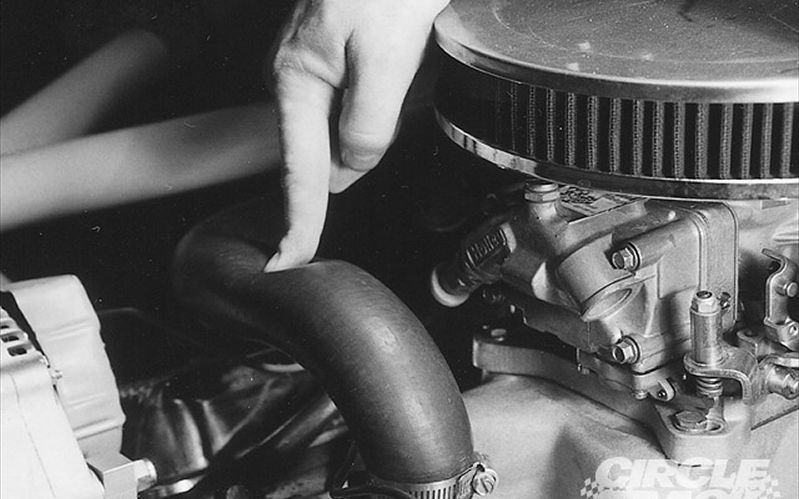It's been my experience that most shops and repair facilities tend to pass along their opinions when giving your car the "once over." The problem is that most customers, even the more tech savvy of us, tend to over look suggestions as a shops way to try and sell an additional repair while they have you there. While at times (or most times in some cases) this is simply a shops way of getting an extra job, but a trained eye can pick up on a fault that can cost you money in the long run.
A recent nationwide survey conducted by the Car Care Council found that 13 percent of vehicles inspected had one or more bad coolant hoses. The survey didn't even look at any of the test vehicle's other types of hoses! The most common hose failures are radiator and cooling hose leaks. These leaks can result from normal aging and deterioration of the hose material, internal corrosion (electrolysis), or external physical causes (like chaffing or rubbing). When a radiator or heater hose fails, coolant seeps or sprays out of the cooling system causing the engine to overheat. Now overheating is more dangerous then most will acknowledge, as internal components to an engine not properly cooled can fuse and make future repairs impossible or make dis-assembly difficult (ask me how I know).
Give a Good Squeeze to Your Hoses
Engineers discovered during years extensive field-testing that the primary cause of coolant hose failure as an electrochemical attack on the rubber tube compound in the hose known as ECD, or electrochemical degradation. ECD occurs when the hose, liquid coolant, and the engine/radiator fittings form a galvanic cell or "battery." This chemical reaction causes small cracks in the inner hose tube, allowing the coolant to attack and weaken the hose reinforcement.
It's best to replace hoses as soon as any these common signs show, before a problem occurs and it's always best to purchase associated hoses when certain components are replaced (replace upper and lower radiator hoses with a new radiator, or replacing the expansion tank hose with the new expansion tank). There are no factory recommended service intervals for any type of hose, but all automakers do recommend inspection hoses when normal maintenance or repairs are performed.
Hose replacement for preventive maintenance is still as important as ever, so always recommend replacing high-mileage hoses on older vehicles when buying a water pump, thermostat, fuel pump, brake parts or emissions-related parts.












